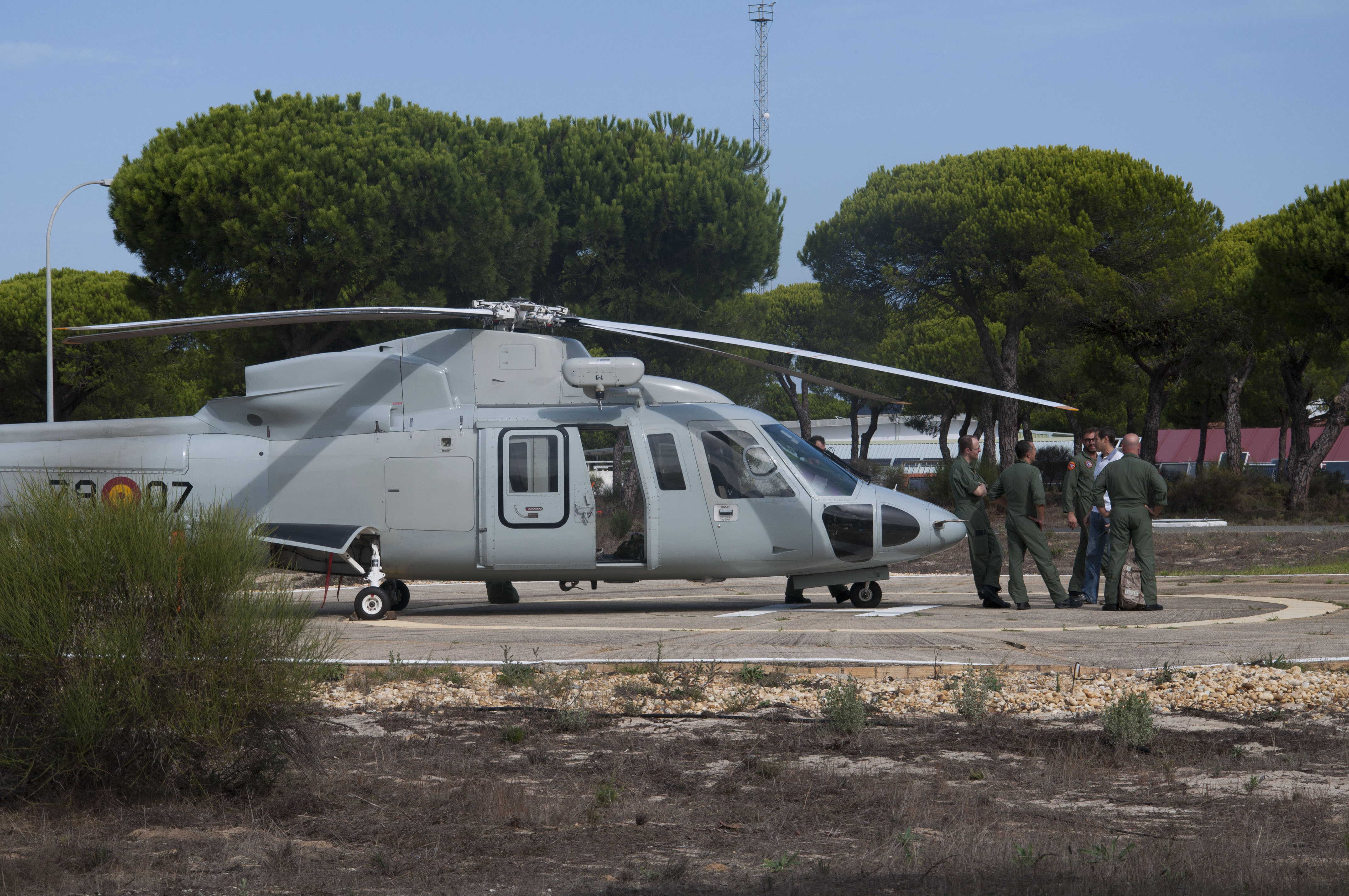
Last night has been a very stressful night for the engineers of Stratos II. The capsule team stayed up until 4:00 in the morning to perform final integration of the electronics inside the capsule section. Luckily the other engineers who did have a good night sleep made a delicious breakfast to start the day well. The weather turned out to be perfect with no rain at all. However, the wind was from the North as expected. For tomorrow there is no rain predicted, but the wind is still not favorable in the morning. The wind will be from the North-East in the morning. In the afternoon after 14:00 (CEST) the wind will be from the South-West. This is the most favorable wind direction, hence the most preferred time to launch the rocket will be tomorrow between 14:00 and 17:00. From 10:00 the launch crew will stay stand-by and wait until the wind is favourable, since there is a chance that the wind turns to South-West before 14:00. Just before and during launch a weatherbaloon will be lifted up to measure the wind direction and speed very accurately, such that the simulations that we run for the expected landing zone of the rocket can be more accurate.
The main activity of today was the radio-frequency (rf) compatibility test. For this test the rocket was first placed on the launch tower and set upright. This is an activity for which the team needs to be fully focused, as one small error will result in the rocket being dropped from the tower. The team has practiced this many teams during the dress rehearsals at our headquarters in Delft and as a result the rocket was placed on the launch tower flawlessly. The next step is to perform the rf compatibility test. This test will ensure that the radio-frequencies transmitted by the launch site do not interfere with the rocket’s electronic systems. In addition to this rf compatibility test, which is essential for the correct functioning of the flight termination system, the general electronics of the rocket have also been tested. This includes the command to operate the valves of the rocket for example. All the tests of the electronics have been performed and all the tests showed that the electronics functioned correctly and that the radio-frequencies did not interfere with each other. This was a huge milestone and therefore it was celebrated with the whole team.
The helicopter that will pin-point the exact location of the Stratos II rocket has landed today and will stay at the base until tomorrow. The pilots have been briefed about the recovery of the rocket by our lead propulsion engineer Tobias Knop. This way the pilots will know how the rocket is exactly seperated and in what state it is. When the flight termination system is activated in case of a mission failure, there could still be nitrous oxide left inside the tank, which means that the pilots need to stay clear of the rocket until all of it is drained out of the tanks. The helicopter will have a GoPro camera on-board, as requested by the Stratos II team. The helicopter will also have two divers on-board. They will only be sent in the water in case of non-nominal situations.
Some final preparations for the filming of the launch also took place today. A GoPro camera has been fixed in the radar tower of the coastguard. This radar tower is close to the launch tower, hence it will provide some excellent footage. In addition, the PR team has found a security camera nearby the launch tower which can be used to livestream the launch. The control center where the livestream will be viewed from and where all the cameras will be controlled has been set-up. All the computers and cameras are now ready for the launch tomorrow.
On this day our team received the technical articles about the two measurement payloads on-board of the Stratos II. You can view the technical details of the payload from the University of Nijmegen on the previous news update. The technical details from the payload from the Hungarian Institute of Energy Research will be posted soon.







